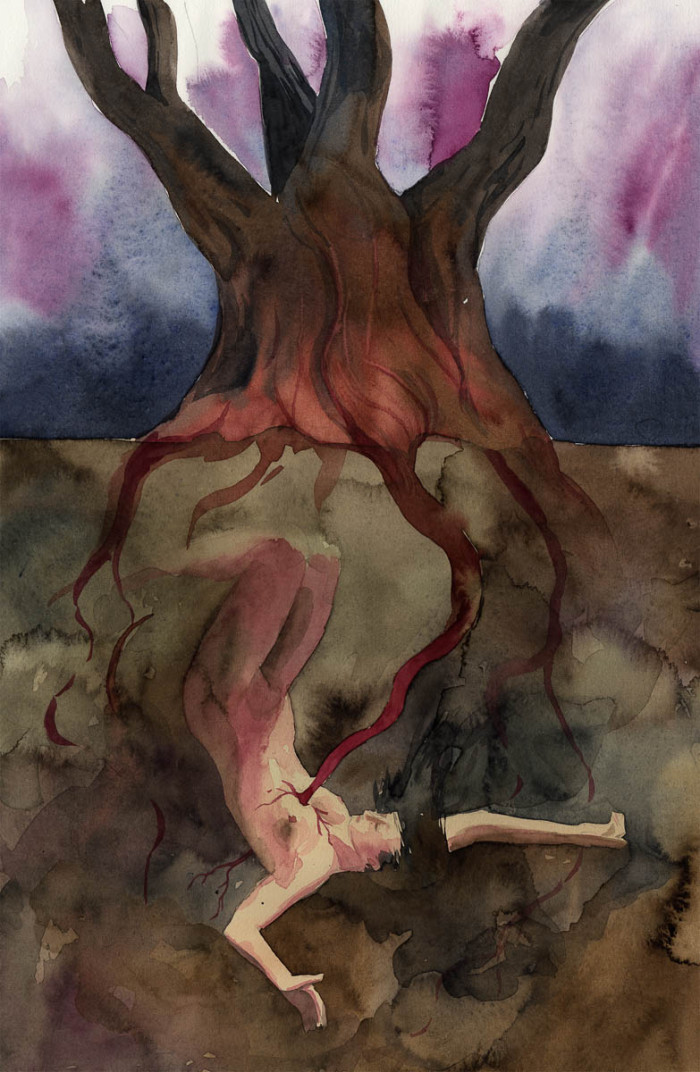…from designing female characters in a gender-segregated patriarchal Larp subculture
Most roles in historically-inspired Larps tend to be gender-segregated, involving patriarchal societies (which were mostly the norm, at least when European Christian societies – in the broader sense of term – are concerned). This makes the creation of female characters more challenging.
I am not talking here of larps actually focused on gender oppression. I am rather addressing social, historical or diplomatic games more common to our gaming culture. In these games, good balance need to be found between plausibility and playability in order to have a patriarchal society portrayed with credibility without compromising the depth of character development.
I must admit that I witnessed a lot of failures on that challenge in the distant days when I started larping (things got better since). When I became a larpwright myself, I promised I’d take extra care to think carefully about how I could design the female characters ensuring they wouldn’t end up being glorified NPCs. And while I may not have always succeeded in doing so, a decade of character writing provided valuable insight onto what should be taken into account while creating female characters in a historical setting. For example…
5 – Address the issue (but keep it playable)
In a historical setting, you’ll have to deal with the gender issue – unless you can create a game with all characters being gender-neutral from the get-go. You may circumvent it (“we’ll state that for the purpose of that game women have citizens’ rights too”), but don’t ignore it. Building a female character with the very same status as a male without a clear insight about how she got there and the potential power struggle she went through can be extremely confusing. Yet a lot of organizers fall in that trap, usually due to lack of understanding of the issue.
However, while gender issues and inequalities should be addressed, they should not be enforced as to make the character unplayable or to drive all females to spend the course of the game locked up in their rooms mending costumes. Characters may lean on the exceptional side, differ sensibly with what the average feminine condition or personality of their time would be, and get more focus on these grounds, making them all the more interesting and engaging to play.
4 – Know your archetypes
Badly written female characters tend to be very generic, or very bland, or a combination of both. Characters usually work well when they have something unique or some very distinctive traits, and this is where character archetypes can come in pretty handy. Of course, overused archetypes may quickly become a cliché, but most archetypes have universal value that tends to resonate with most players.
I believe that archetypes tend to work well when they have a foil or as part of an ensemble. For example, an efficient sister duet could be an outgoing, expansive personality contrasting with a more demure, quiet one. You may pair up the tomboy and the girly girl. Such contrasts make the characters unique and outstanding. I particularly like the four girl ensemble: the everyday girl, the seductive, the combative and the shy types tend to play off well with each other. Siblings particularly are very effective to flesh out the dynamics between characters; you may have a confident personality and a self-conscious one, a laid-back character versus an over-achieving one. All combinations are possible, and contrast or conflict create good opportunities for interesting scenes.
3 – Daddy issues: they’re a thing
While writing female characters in a patriarchal society you’ll find yourself working with what their relation to their own father (and, in a broader extent, masculinity), actually is.
Even if this may sound like a very low-level psychological development, a degree of consistency with the characters’ behavior and relationship to her father often appears necessary to flesh out her motivation. Was the father absent, present enough, or over-bearing? Was the relationship positive or negative? Will it drive the character to comply or rebel against the established social order?
Also: it is not necessary to overplay the abuse trope. While these things happen, they tend to be over-represented in characters’ backstories. Bad parenting doesn’t necessarily boil down to abuse, and good parenting can also make for a good storyline. Again: each character should be as unique as possible, give each and everyone their own issues.
2 – Give them leverage
This one works for any kind of hierarchy, again, if oppression and subservience are not meant to be the main or sole focus of the game. While helplessness can be an interesting subject to explore, in a game whose mechanics include conflicting agenda, any character that is deprived of power by his place in the hierarchy should be given some ability to action, whether it be through influence, knowledge, significant relationships or simple determination.
It might then be up to the participant to decide whether they want to act upon the tools their characters have at their disposal or not, but I feel like, unless it is a key component of the game design, helplessness should be part of the character arc, and not sustained by the player themselves.
1 – Make them human
This last point is the one where it looks like I’m contradicting everything I’ve just written, but it is a general writing advice that female characters should be dealt with as characters first, and that their gender should not be their only attribute.
A common saying among Larp designers of the frenchstyle “Romanesque” is that each character should be the protagonist to his or her own story, an assumption that has been the core of some of our best games.
So in the end it all boils down to characterization. Is the character layered? Does it have conflict? Is it flawed, but still engaging? And is it a character that you yourself would get invested in?
Conclusion
There might be a lot more to write on the subject, for example on the workings of romance or romantic subplots, which would probably require an article on their own. But coming from a subculture where a lot of effort has been engaged to try and create interesting characters within the confines of characters segregation and inequality, I have found those principles often relevant and useful for addressing the issue. Of course, we get more and more interest these days for creating gender-neutral games, or de-gendered runs of previous games, but as long as we’ll have to work with gender-segregated societies, it is my opinion that we should still try to make the best of it.





Great article, thanks!
v2cg3q